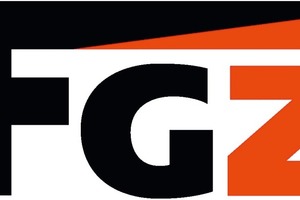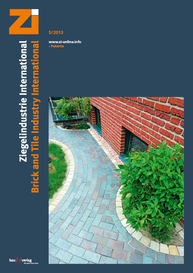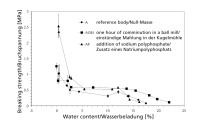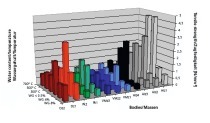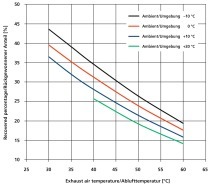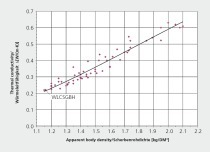Energy-saving methods of conditioning green brick bodies for low-temperature drying
Research project conducted by: Research Alliance of the Clay Brick and Tile Industry reg'd (FGZ)
Project number
AiF 16567 N
Project funded by
BMWi through the Federation of Industrial Research Associations "Otto von Guericke" reg'd (AiF)
Implemented by
Brick and Tile Research Institute Essen Regd (IZF)
Project manager
Dr.-Ing. Anne Tretau

